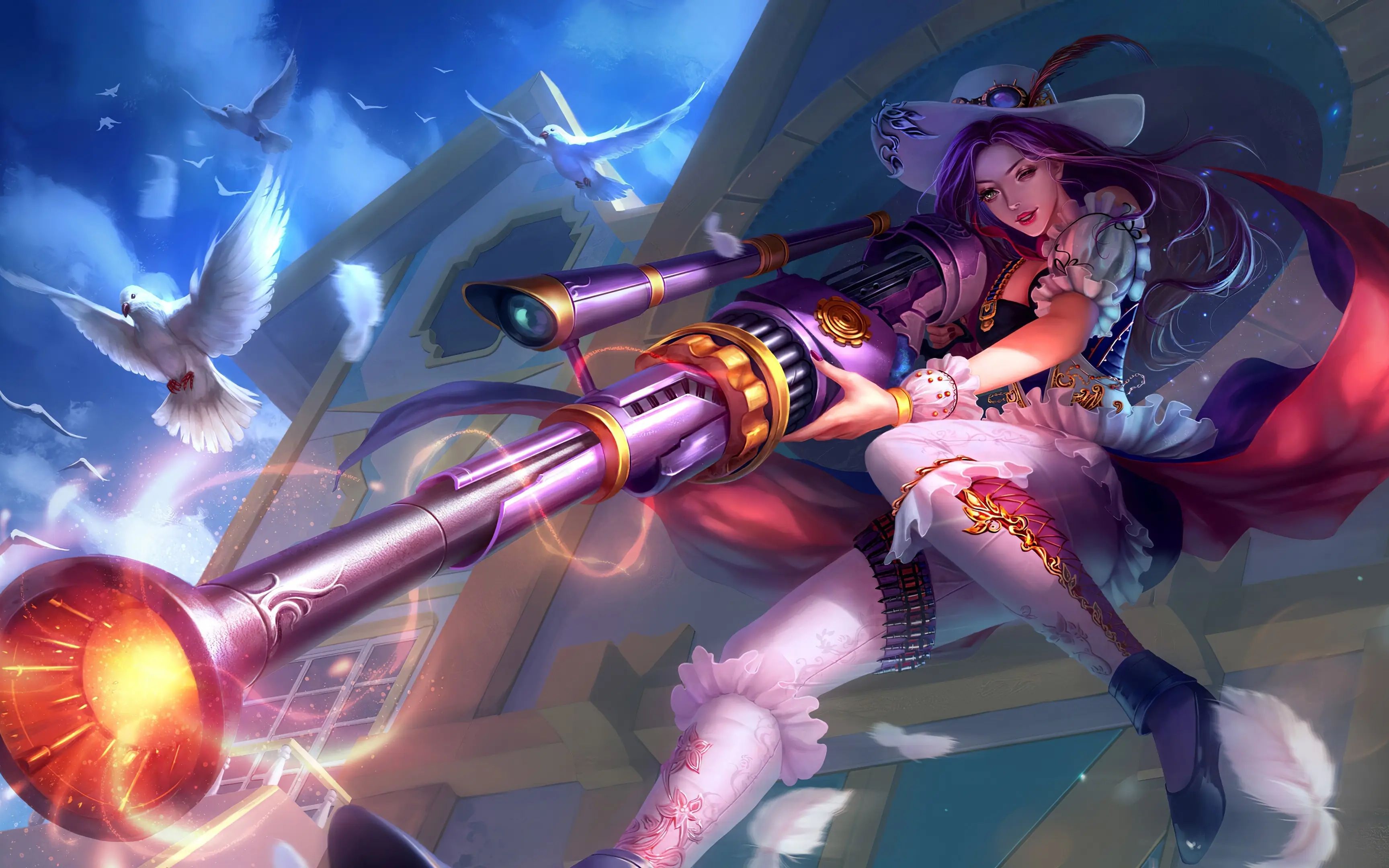Hearthstone: Kobolds & Catacombs – Dungeon Run Variety – Reviewed
By [Your Name]
Introduction
Hearthstone’s Kobolds & Catacombs expansion introduced one of the most beloved single-player modes in the game’s history: Dungeon Run. This rogue-like adventure challenged players to conquer a series of increasingly difficult encounters with a limited pool of resources. Unlike traditional constructed play, Dungeon Run offered a fresh, unpredictable experience with every attempt.
In this review, we’ll explore the variety within Dungeon Run—how its mechanics, card pools, and bosses keep the mode engaging even after multiple playthroughs.
The Structure of Dungeon Run
Dungeon Run tasks players with defeating eight bosses in a row using a starter deck that evolves after each victory. The mode features:
- 48 unique bosses with different strategies and deck themes.
- Over 100 treasure cards, including powerful passives and game-changing spells.
- Nine starting classes, each with distinct strengths and weaknesses.
The randomness of card rewards and boss encounters ensures that no two runs feel the same.
Deck-Building Variety
1. Starting Decks & Synergies
Each class begins with a basic deck that encourages a particular playstyle:
- Warrior focuses on weapons and armor.
- Mage relies on spells and spell damage.
- Rogue thrives on combos and stealth mechanics.
However, as players progress, they can adapt their strategy based on offered card buckets.
2. Card Buckets & Thematic Choices
After each victory, players choose from three randomized card buckets, each aligned with a specific archetype (e.g., Dragons, Pirates, Elementals). This system allows for hybrid decks that wouldn’t be viable in standard play.
For example:
- A Priest deck could shift from control to a tempo-based Dragon build.
- A Shaman might combine Overload synergies with Elemental buffs.
3. Treasures & Passive Bonuses
Treasures drastically alter gameplay, offering effects like:

- Wondrous Wand (Draw 3 cards, reduce their cost to 0).
- Captured Flag (+1/+1 to all minions in your deck).
- Cloak of Invisibility (All minions have Stealth until they attack).
These game-breaking effects encourage creative strategies, such as OTK (One-Turn Kill) combos or infinite-value decks.
Boss Variety & Challenge
1. Early Bosses – Learning the Ropes
The first few bosses act as tutorials for the mode’s mechanics. Examples:
- Giant Rat – A simple minion-based deck.
- Fungalmancer – Focuses on buffing small minions.
2. Mid-Game – Strategic Adjustments
Bosses like The Darkness and Xol the Unscathed introduce unique mechanics:
- The Darkness shuffles "Candle" cards into your deck that summon 5/5 minions when drawn.
- Xol the Unscathed starts with a 0-mana hero power that deals 2 damage.
Players must adapt their mulligan and playstyle to counter these threats.
3. Final Bosses – Ultimate Tests
The last bosses are brutally difficult, requiring optimized decks:
- Azari, the Devourer – Destroys the top 5 cards of your deck each turn.
- The Lich King – Uses a mix of Frostmourne and resurrection effects.
Beating these encounters often requires high-roll treasures or perfect synergy.
Replayability & Longevity
1. Multiple Class Runs
Since each class has different starting cards and treasures, players must experiment to find the best strategies. Some classes (like Warlock) excel with aggressive builds, while others (like Druid) favor late-game value.
2. Hidden Challenges & Achievements
Completing Dungeon Run with all nine classes unlocks unique card backs, encouraging completionists to keep playing.
3. Player-Created Challenges
Many players impose self-restrictions (e.g., "No Treasures" or "Only Minions") to increase difficulty, extending the mode’s lifespan.
Criticisms & Room for Improvement
While Dungeon Run is highly praised, some flaws exist:
- RNG Dependency – Some runs are unwinnable due to bad card offerings.
- Limited Post-Completion Incentives – After beating all bosses, there’s little reason to replay.
- No Customization – Unlike later modes (Monster Hunt, Dalaran Heist), players can’t modify starter decks.
Conclusion: A Masterpiece of Variety
Kobolds & Catacombs: Dungeon Run remains one of Hearthstone’s most replayable single-player experiences. Its diverse bosses, unpredictable card rewards, and powerful treasures create endless strategic possibilities. While later expansions refined the formula, Dungeon Run set the gold standard for rogue-like card game adventures.
Whether you're a casual player looking for fun or a hardcore strategist seeking a challenge, Dungeon Run delivers hours of engaging gameplay.
Final Score: 9/10
Pros: High replayability, creative deck-building, unique boss mechanics.
Cons: Some RNG frustration, lack of post-completion rewards.
Tags: #Hearthstone #KoboldsAndCatacombs #DungeonRun #CardGame #Roguelike #Blizzard #GamingReview
Would you like any modifications or additional sections? Let me know!


















